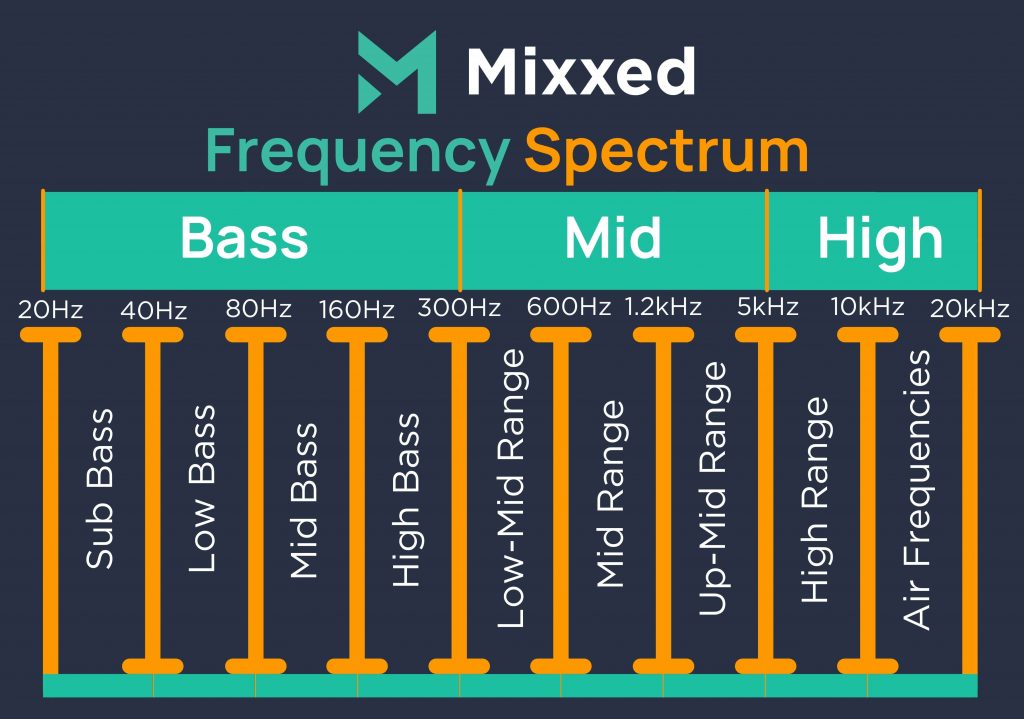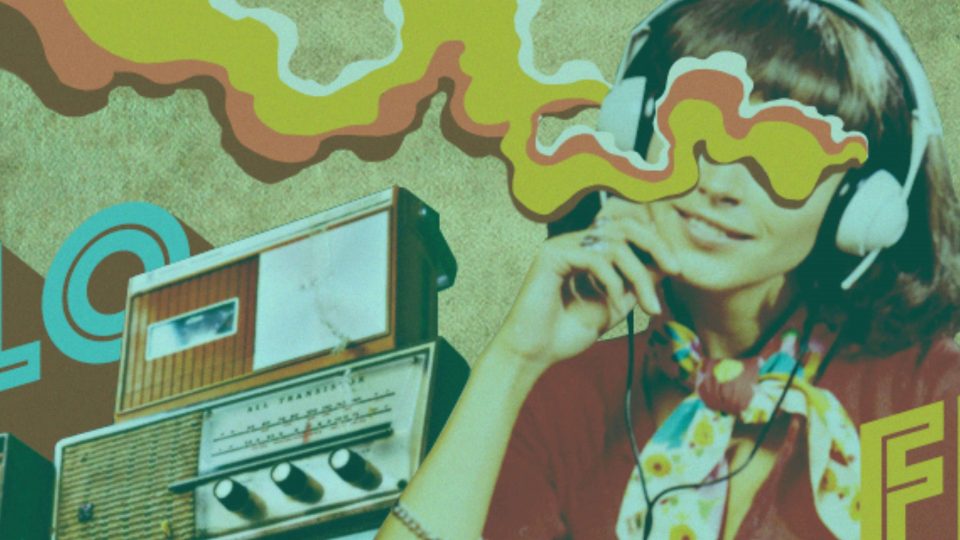How to Make Lo-fi Hip-Hop
Lo-fi music is built on a plate of nostalgia. Lo-fi music is dusty, made to sound dated, and finds its roots in the sound of old cassette tapes and car stereos.
Lo-fi Hip Hop is constantly growing in popularity. Strange Fruits’ “Lo-fi Fruits” playlist alone attracts over four million listeners. The numbers talk for themselves here.
Making a basic Lo-fi tune is fairly simple too. If you have at least a little knowledge in sampling, like to get creative with loops, and you’re not afraid to try something new every once in a while then you’re already on track to making some pretty dope Lo-fi.
Without further ado, let’s talk about how you can make Lo-Fi Music
Chop & Warp Samples to Create Your Main Loop
The first step is to scout for samples, but not just any old samples. Something harmonically warm like a melody loop of some keys or strings. If you would rather write your own melody using instrument libraries then you can do that too! Dig through your instrument libraries and find an instrument that resonates with you.
Lo-fi samples typically come from older styles of Jazz and R&B, not to mention soul music. As we touched on above, classic instruments used in Lo-fi are pianos and guitars in particular. This is because they sound awesome when we chop them up and process them in a Lo-fi style. They can feel completely different from what the original sample once was.
Lo-fi music is usually built with samples that come from older styles of Jazz, R&B, and soul music.
Once you have a sound, get it into your DAW’s arrange page. If you’re writing your own loop, play some chords over about 4 to 8 bars. Don’t forget that while, technically, it can be as long as you want it to be, Lo-fi hip-hop tracks usually make use of shorter loops that repeat throughout the song. When you’re happy with the chords, freeze/bounce the MIDI down to an audio file.
Whether you used a sample or an instrument library, you now have an audio file that you can chop, stretch, pitch up or down, or anything you like into a new arrangement. If you want to get really creative you can resample the audio and repeat the whole process. Lo-fi being what it is means we can warp our samples pretty hard. Digital artifacts that you may get from pitch shifting and time stretching may actually enhance the Lo-fi tone of your sound too! Before long you’ll have a plethora of audio at your disposal that you can use to get that chopped Hip Hop vibe with segments of audio.
Create some varieties of patterns and see what works and what doesn’t, and see what you really love. Swap between audio samples throughout your track to get something really unique.
This structure you’re now creating will be the main hook of your track.
How to Make Lo-fi Drums
We’ve explored how to make minimal drums before in a simple tutorial post. Because of this, we’re not going to explore how to make a Lo-fi drum rack from scratch. But we will say that it’s important to thin your drums out and don’t use any samples with a lot of energy or excess frequencies. Use a filter/EQ to remove high and low frequencies from each individual sample. But, of course, don’t thin them out too much as to make them limp. Use your ears! For a fuller explanation, click here.

Though the sound is important, the beat of your drums is pretty simple. Have your kick on the first beat of the bar, your snare on the 3rd, and have your hats on 2 & 4 as a minimum guideline. The kick and the snares are usually quantized to the grid, and a second kick sits on the offbeat after the last beat in each bar or every other bar. This keeps the beat pulsing underneath your main loop. However, use this guide as a starting point and experiment. Don’t just stick to the rules.
Creating a swing is also important, and it’s a huge deal in hip hop because it creates a relaxed environment. For example, bring your first hat back a bit in every other bar. Move the second forward slightly and repeat with slight differences each time. Utilizing the off beats and upbeats in this way creates a mighty fine swing and we’re sure you’ll find yourself bopping.
Our final point for drums is that making use of an open hat as the last hit in your 4/8 bar loop adds a bit of variety and keeps interested alive.
Create Textures With Noise Loops
As you’ve thinned your hats out, insert a spectrograph, such as Loxengo SPAN, onto your master channel and notice that the high end of your beat is pretty empty.
To resolve this issue, we have the last step in our minimal Lo-fi drum making – and that’s adding tape static. Static noise is used as an aesthetic characteristic in Lofi. But it’s also a tool too! Lo-fi hip-hop is centered around nostalgia and that dusty feeling. One of the best ways to get it into your tracks is to make use of textured noise to build that rusty atmosphere.
Vinyl crackle, tape noise, and even field recordings are all noise/ambiance examples you can create Lo-fi textures with. Remember to roll off excess frequencies that take up too much space in the low end and experiment with what works in the high end.
Finally, Make a Bassline
In Lo-fi Hip Hop, the bass is usually quite mellow while still rhythmically interesting.
Find a bass sound with emphasis on its low end but maintains some nice harmonics in its top end. You may even want to use a sine wave. To see if it works, run the sine wave through some distortion such as a tube distortion to make it beefier. A tube distortion will emphasize its higher-order harmonics at even intervals, so you’re making it as harmonic as possible.
Make a bassline by making it coherent with your original progression. Whether you used an instrument library are samples, find the notes/scale used in the progression and use the same notes in your bassline. It doesn’t need to follow the root note of your chord progression, but that’s as good a place to start as any. Add interest and variety with syncopation, and moving notes up an octave.
And there you go. You have your first Lo-fi track!
You can easily find Lo-fi samples quickly on Mixxed.
The sampling revolution has risen in popularity and shaped music since the early 1970s. Sample culture continues to transform how millions of artists and producers do their thing in DAWs.
You too can break conventional norms, challenge the status quo, and open Pandora’s box of sound design.
Mixxed works with a growing number of sample labels and contributors to provide you with an affordable sample subscription service that’s more accessible than any before.
You’ll have access to our growing catalogue of loops, one-shots and sound effects that you can browse, download and keep forever for less than $3 a month.
Sign up today to find your sound!
